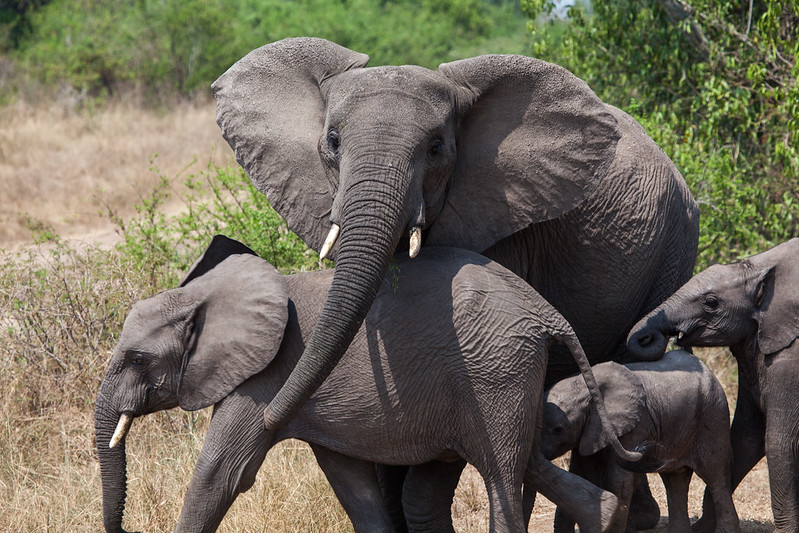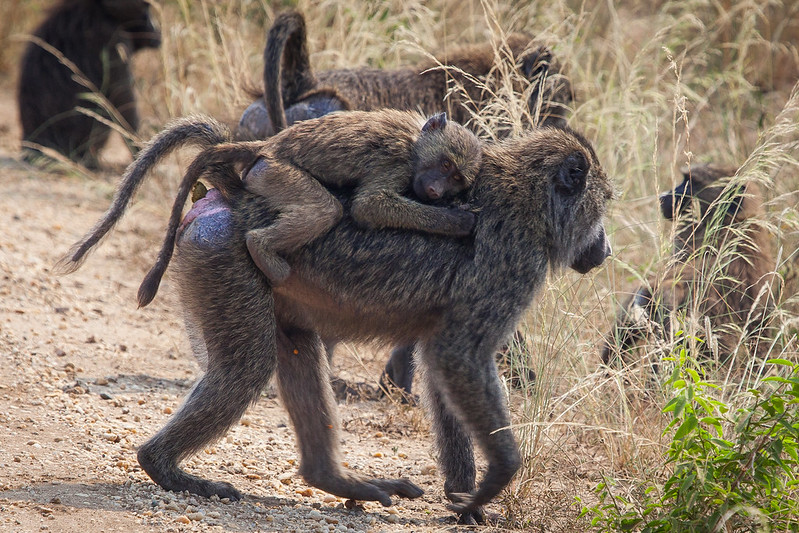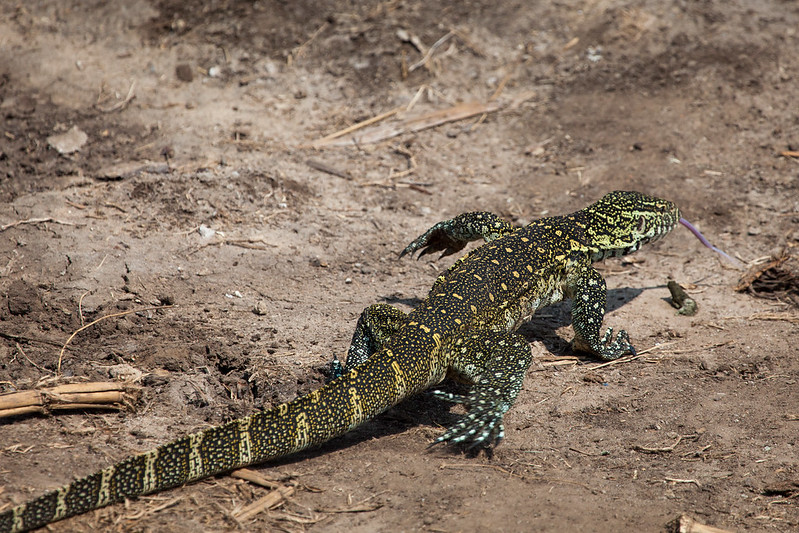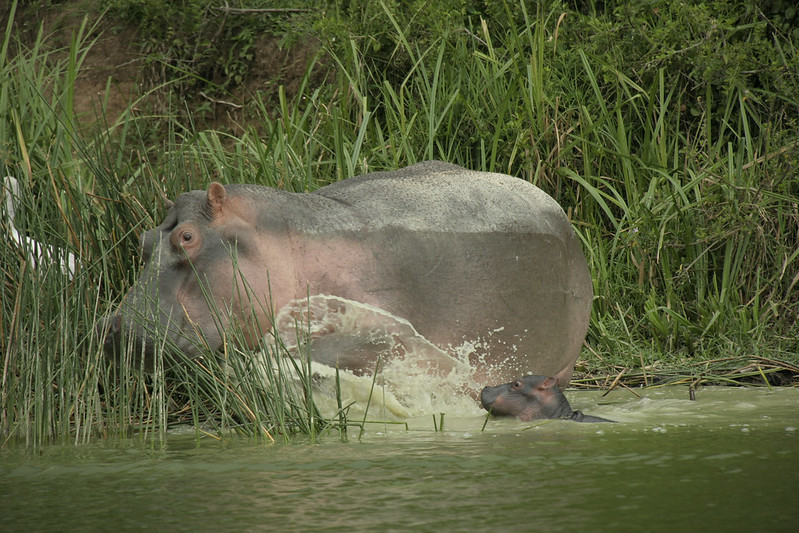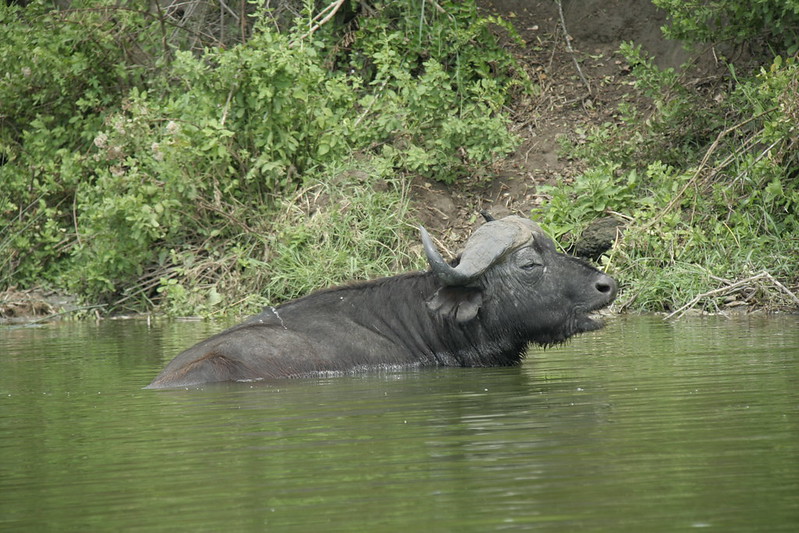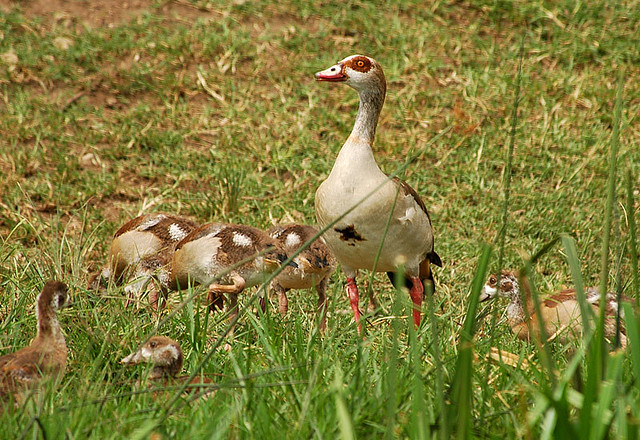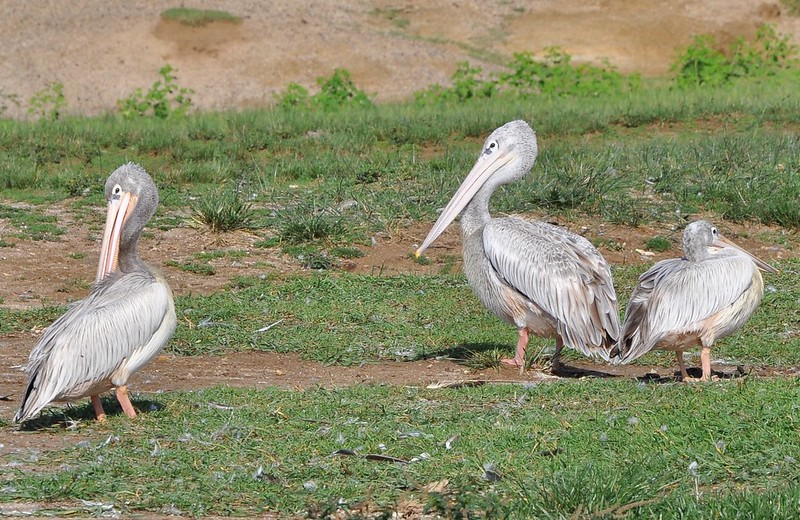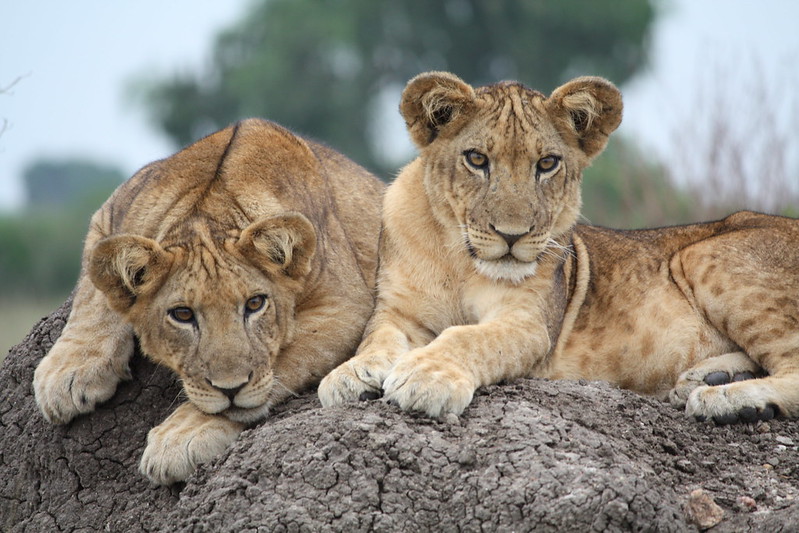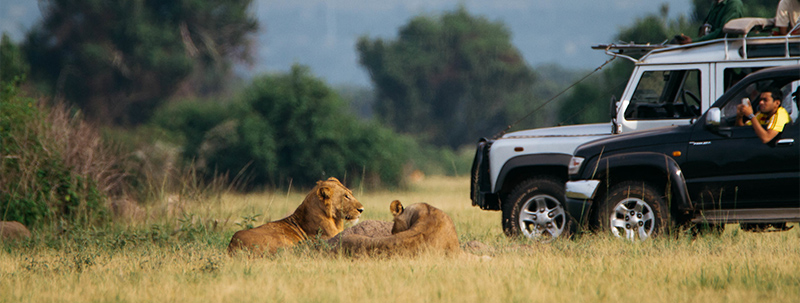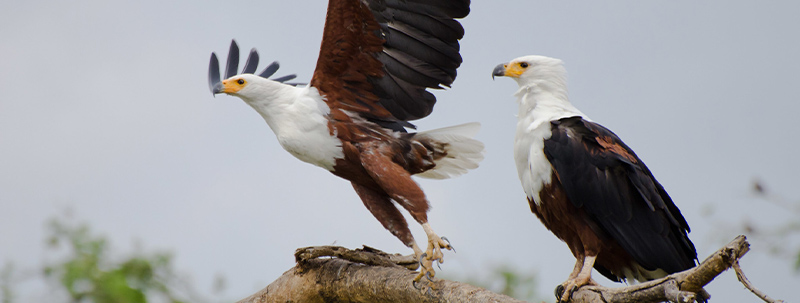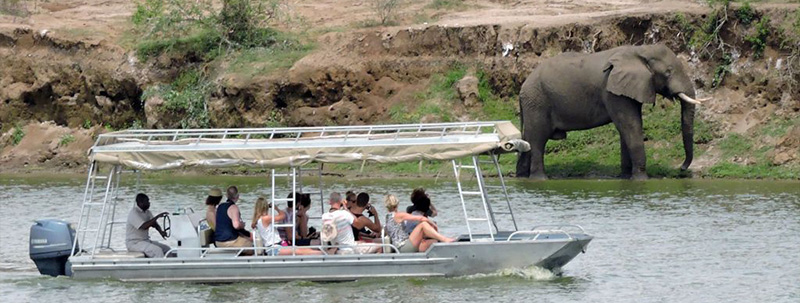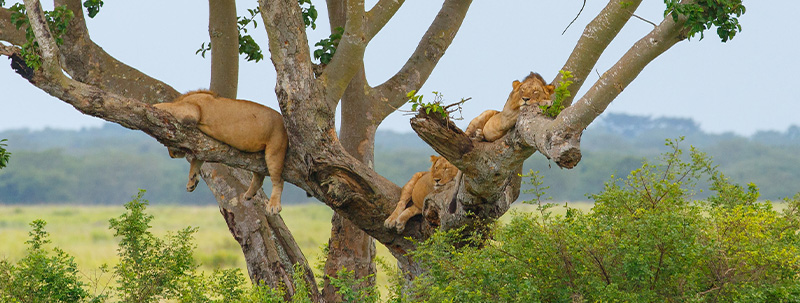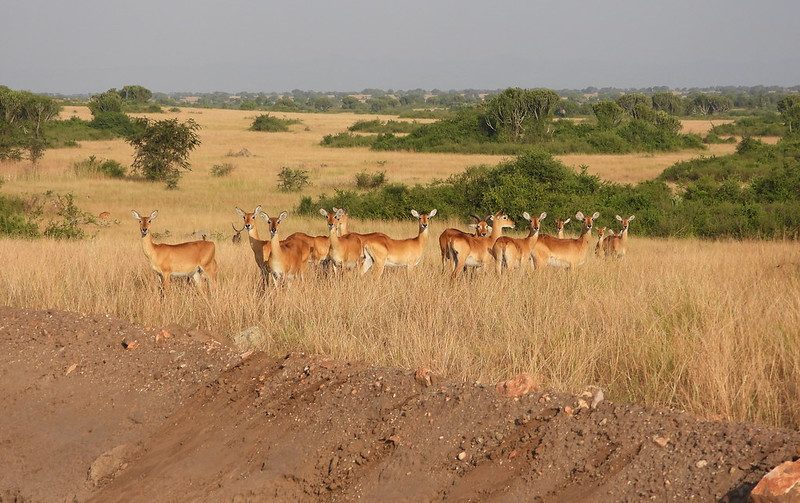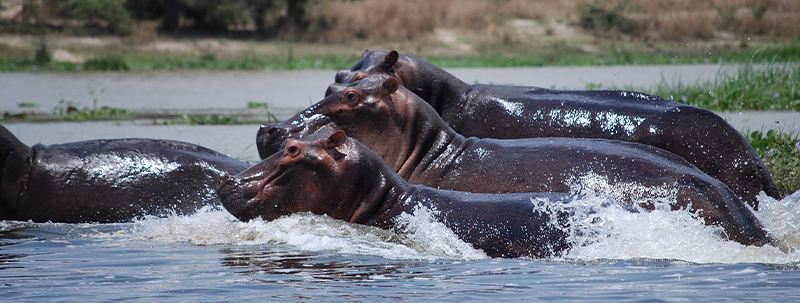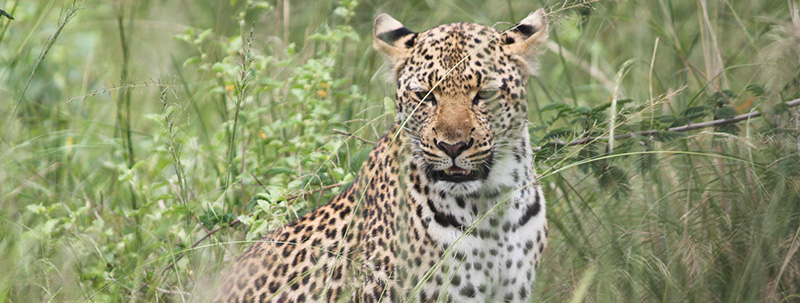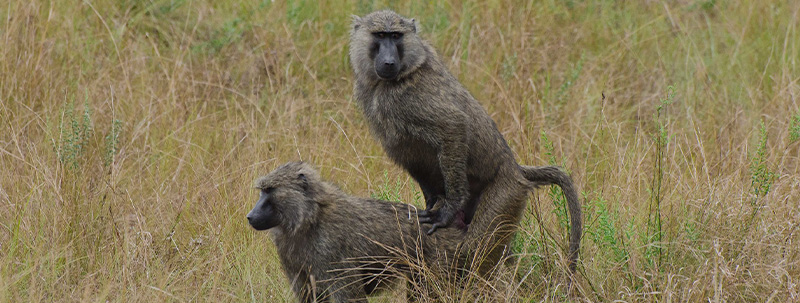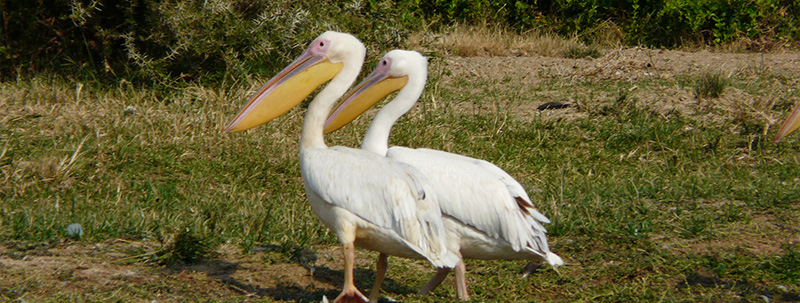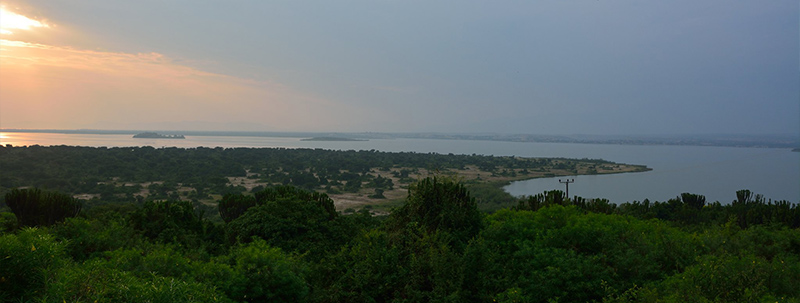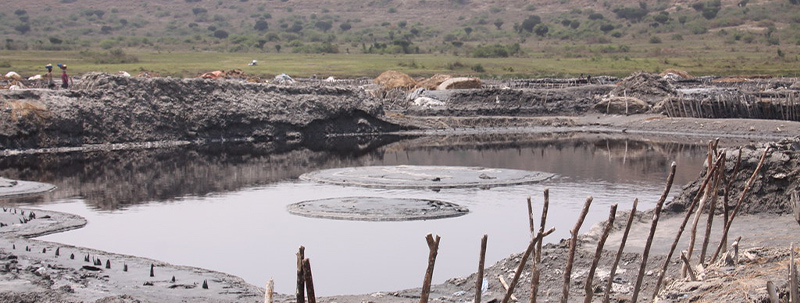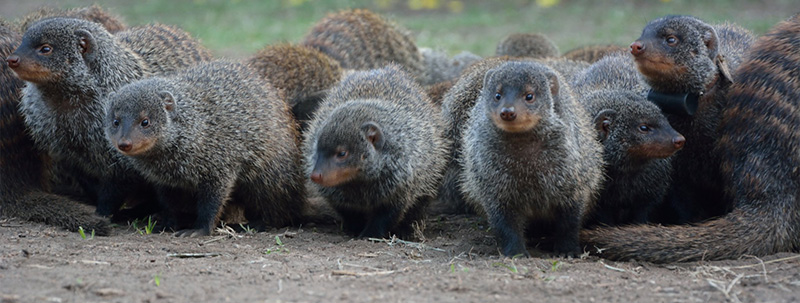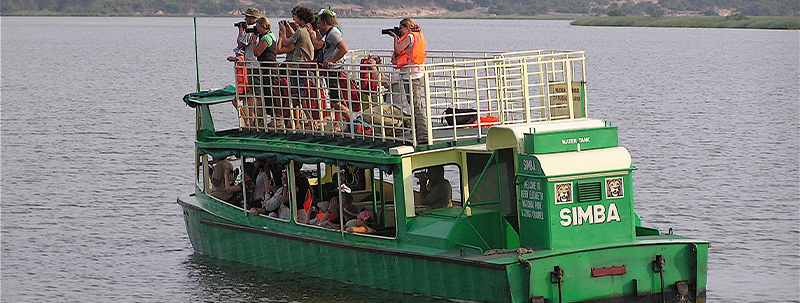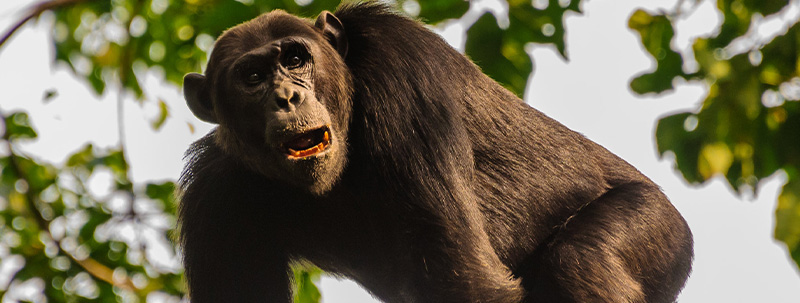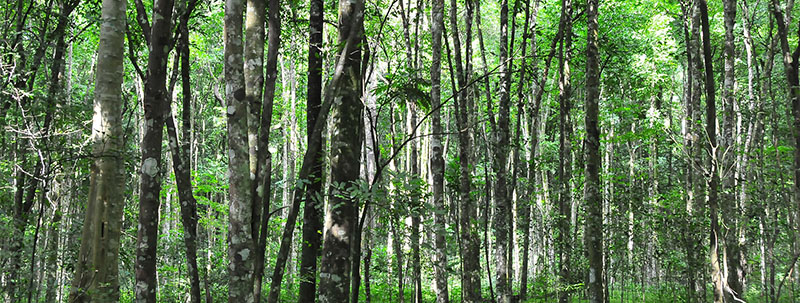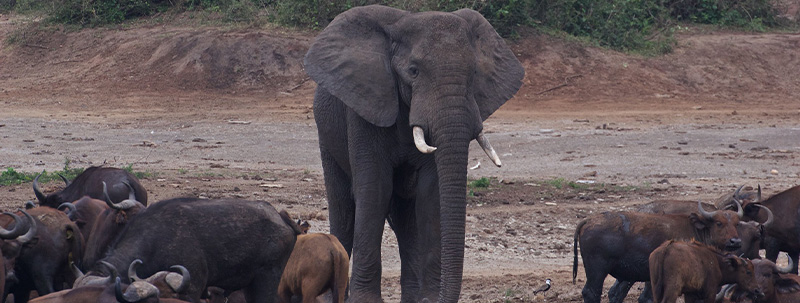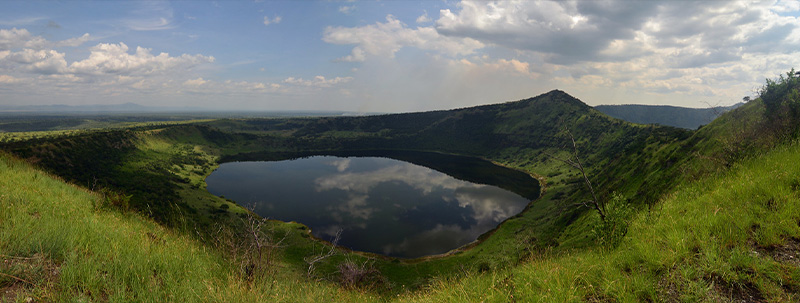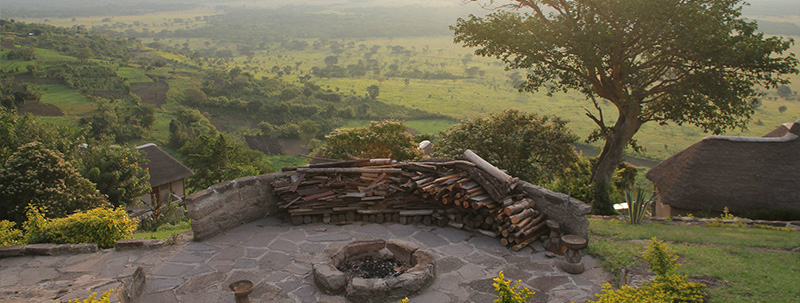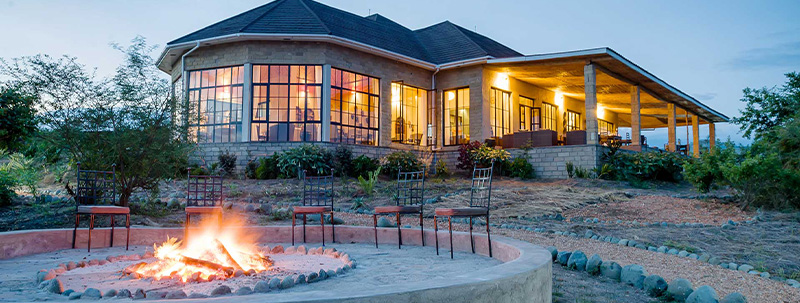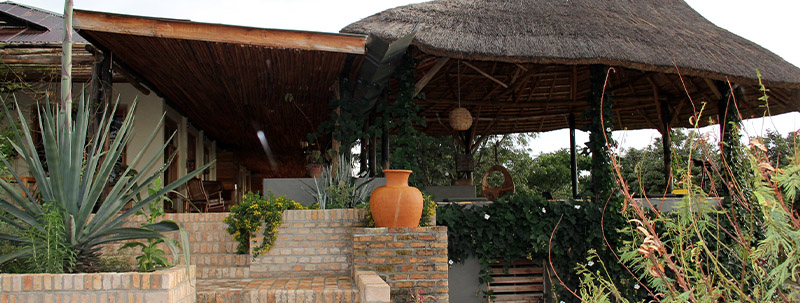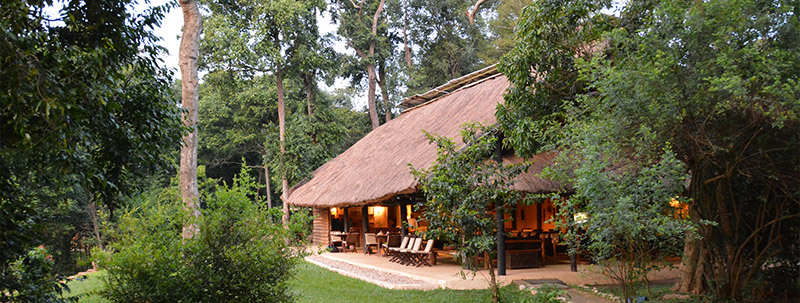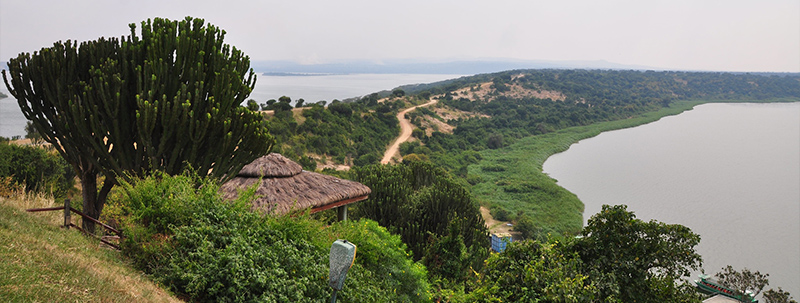- QENP Entry Fees.
- Wildlife in QENP.
- Things to do in QENP.
- When to go.
- A typical safari at QENP.
- How long to spend in the park.
- Getting to and from the park.
- Accommodation options.
- About QENP.
- Popular trips and example itineraries.
Queen Elizabeth National Park
This national park is found in south western Uganda in kasese district. The park was established in 1952, and it is one of the largest in Uganda which adjoins the frontier of the Democratic Republic of Congo to the west. Its vegetation consists mostly of thickets of various types of small trees, including the acacias.
Queen Elizabeth National Park covers an area of 1978 km2 located in South Western Uganda on the floor of Albertine rift valley between Lakes George and Edward. Safaris into Uganda most often go through Queen Elizabeth National Park as the most popular and visited park. Several factors explain this with the most genuine being because of high populations of and high densities of wildlife species, beautiful scenic views and easy accessibility on the main gateway to urban centres.
The park is named Queen Elizabeth in commemoration of Queen Elizabeth II Great Britain’s historical visit to the area in 1954. The choice of the place for Her Majesty’s visit and adopting her name clearly sums up the beauty of the place. From that time on, Queen has been Uganda safaris’ number one destination. The park boasts of four out Big 5 giant mammals in Africa; lions, elephants, leopards and buffalos and on any game drive there are high chances of viewing more than 75% of them. The southern sector of Ishasha has a very rare species of lions that are adapted to climbing trees and cannot be found anywhere else on Ugandan soil.
The Kazinga channel is an unmistaken feature in park that connects Lakes George and Edward and all wildlife in one way or the other owe their survival to it and to the visitors of Queen, the centre of tour satisfaction. Take launch cruise on the sparkling waters of the channel onto Lake Edward. Feel the cool breezes of lake brush your skin. Breath in the air that smells purely wild with no pollutants while you are at an arm’s length close to yawning hippos basking in the sun and huge elephants and others mammals cooling off the heat of the afternoon burning sun. Big swarms of different bird species perched on the shores will do magic to your adventure safari senses. You will have everlasting memories of safaris into Africa written in your mind better than elsewhere.
The beautiful scenic views of Queen Elizabeth include luxuriant savannah grassland with almost evenly scattered acacia trees in which several mammal species are on show for photo opportunity. There are empty craters in the Kikorongo area very attractive to the eye and the views of the sun setting beyond the Mitumbi hills across the Congo is one of the highlights of Uganda safaris and will always flash in your memory for ages ahead.
Queen Elizabeth National Park is one dream destination that caters for all categories of travellers offering a multitude of adventure travel opportunities. Little wonder it is one destination any keen traveller should never miss on a safari to Uganda.
Reasons to Visit Queen Elizabeth National Park.
- Go off-road in search of lions and leopards that can scale trees.
- The savannah grasslands are home to elephants, buffalo, antelopes, and warthogs.
- Take to the water to see pelicans, buffalo, elephants, hippos, and crocodiles.
- Enjoy the breathtaking scenery that features kilometers of savannah grasslands interspersed with lush trees.
- In the mysterious woodlands of the Kyambura Gorge, search for chimpanzees.
Introduction To Queen Elizabeth National Park
Guide to Queen Elizabeth national park.
Uganda’s savannah parks are distinct among safari locations on the African continent, where they are typically eclipsed by the more well-known grassland parks of Kenya and Tanzania.
The most popular national park in Uganda is Queen Elizabeth National Park (also known as Queens), which is frequently combined with gorilla and/or chimpanzee trekking in Bwindi and/or Kibale Forest. The park is well-known for its big cats, which include lions and leopards that can scale trees. Elephants, buffalo, antelopes, and warthogs are just a few of the big species that can be seen in the park during game drives.
You can travel by boat safaris along the Kazinga Channel, which connects Lakes Edward and George. Pelicans rafting together in the sunshine, buffalo and elephants coming down to the coast, and a lot of hippos may all be seen here. In Queens, more than 600 bird species have been identified. You may even combine a game drive or boat safari with chimp trekking in the ethereal forests of Kyambura Gorge.
It is found in kasese in the south western Uganda. It occupies an area of 764 square miles in a region of rolling plains east of Edward and foot hills south of Rwenzori mountains.
What to Expect On A Safari To Queen Elizabeth National Park
Queens is appealing because to its large cats and stunning scenery. It’s crucial to distinguish between the ecology in Queens and wildlife reserves in places like South Africa, Tanzania, or Kenya. In addition to being a popular wilderness destination, Queens has a sizable human population that must coexist with the park’s fauna.
Although Queens boasts a sizable number of big game animals, big cats tend to leave the most impression on visitors. Zebras, rhinos, and giraffes are not present in Queens (but you can find them elsewhere in Uganda including Murchison Falls and Lake Mburo national parks).
Queen Elizabeth National Park Entry Fees
As you enter Queen Elizabeth National Park, you must pay a nominal conservation charge. The Uganda Wildlife Authority uses the levy to fund its conservation initiatives. You must keep in mind that the charge varies depending on the group, therefore bring identification. Passports must be produced by travelers, one-year work permits must be displayed by foreign-born Ugandans, and national identification cards must be displayed by Ugandan citizens. The cost for travelers is $40 at this writing. Ugandans who were born abroad must pay $30. Ugandan nationals must pay UGX150,000. All of this is handled for you if you make a reservation with us.
Activities Carried Out In Queen Elizabeth National Park
Game drives
The major highlight of a visit to the park are the scenic game drives that give you a chance to view even the most elusive of the park’s fauna. These drives are most done during the nights and mornings hours. Your driver guide will help you in the search for the different wild life. during the game drive you will spot the elephant being the largest mammal, the antelope, the hyena, lions, buffaloes, kobs, leopards to mention but a few.
Bird watching
Queen Elizabeth is one of the Uganda’s top birding spots. A haven of over 600bird species, the enthusiastic bird watcher is in for a major delight at the park. Some of the birds include, sedge warbles, pink backed pelican, yellow throated cuckoo, owls to mention but a few.
Boat trip
This takes place on the kazinga channel along natural water channel linking lake Edward to lake George .During the cruise the tourists get to enjoy the various sights and sounds that the parks rich aquatic life extravagantly offers. Besides the large hippopotamus taking drips in the water, the fierce Nile crocodiles basking lazily on the channel banks to feel the sun warmth.
The tree-climbing lions of ishasha Sector
Not every day that you see the lions climbing the trees and in fact it was considered safe to climb the trees once you were chased by the lions. Not while here in ishasha sector though, a region comprising of a portion of queen Elizabeth national park. Here lions perched up on acacia and fig trees are an enchanting sight to behold. The ishasha sector where these lions are found is accessible on the journey to or from the Bwindi impenetrable forest national park as one heads or returns from gorilla trekking in the forest.
Wildlife In Queen Elizabeth National Park
Animal Species In Queen Elizabeth National Park
The most biodiverse area in Uganda is now Queen Elizabeth National Park, which has 600 species of birds and over 95 large animal species. Grassland, woodland, moist tropical forest, wetlands, freshwater rivers and lakes, and saltwater lakes are only a few of its diverse habitats. Of this, semi-deciduous forest at a medium altitude covers around 40,000 hectares.
With about 5,000 hippos, 2,500 elephants, and 10,000 buffalo, Queens is home to a sizable population of large game. The Ishasha sector is home to lions that can climb trees, along with other big cats. In Kyambura Gorge, chimpanzees can be seen along with a remarkable variety of bird species.
Large Mammals
Around 5,000 hippos, 2,500 elephants, and 10,000 buffalo live in Queens. In addition to not existing, there is no historical proof that rhinos ever lived south of the Nile and north of the Kagera rivers.
Since the mammals are spread out over the plains, forests, and shorelines, you will have fantastic sightings in a variety of settings. Numerous photo possibilities will be available, but you’ll also get the option to simply sit and watch these extraordinary animals in their natural environment. Warthogs, waterbucks, Ugandan kobs, topi, and the sitatunga antelope of the marshes near Lake George are other herbivores that are frequently spotted.
Big Cats
There is also much to enjoy for large cat enthusiasts. Although lions are present throughout the park (with the lion research program allowing excellent access in the Mweya Peninsula area), the southern Ishasha sector is where they are most known since the locals there have developed the ability to climb fig trees to ward off flies.
Leopard, civet, genet, and serval are also present. All of these are significantly more elusive, with many of them active at night, making a sighting even more special. The juxtaposition of big cats alongside conventional big game is part of what makes Queens such a superb safari destination. These creatures appear in front of breathtakingly beautiful scenery, creating the ideal setting for an unforgettable safari experience.
Primates.
Ten different species of primates live in the trees and, in some circumstances, forage in the underbrush. The biggest of them are the olive baboons (be careful they don’t try to steal your lunch), which may be found in the Maramagambo expanse and the hidden forests of Kyambura. The supporting cast includes the vervet monkey, black and white colobus, red colobus, red-tailed monkey, L’Hoest’s monkey, blue monkey, and the only native primate of Uganda, the grey-cheeked crested mangabey.
Bird Watching
Any protected area that contains a wide variety of habitats is guaranteed to have amazing birding. You can rely on Queens in this regard.
Over 600 species are awaiting discovery and documentation. While the attention is drawn to well-known species like the Shoebill stork, pelican, and flamingo, each environment is home to a plethora of other superstars, both big and tiny.
Things To Do In Queen Elizabeth National Park
Things To Do
Queens is one of the top safari sites in the nation because of the abundance of flora and fauna there. An exceptional wildlife experience may be had by combining a safari in this location with a gorilla or chimpanzee walk in Bwindi or Kibale.
Every visit to Queens will include a boat tour along the Kazinga Channel and a game drive on the Mweya Peninsula. If you plan to stay longer than two nights, you can visit the chimpanzees in Kyambura Gorge, go on a game drive in the Ishasha area of the park to look for lions that can climb trees, and explore the salt pans or crater lakes at Katwe.
Katwe Salt Pans Visit
Visit the salt pans at Katwe to learn about the park’s human history. You will be astounded by the strength of those who toil in this harshest of settings. They engage in a profession with a long history that once contributed to a wealthy kingdom.
Explore the pans and take in the ancient methods being used in the shadow of a defunct processing facility that was unable to handle the extreme saline present at Katwe. This place is hot. Brutal glare from the sun. Even though you won’t remain long, the trip is nevertheless worthwhile.
Mweya Peninsula Game drives
The wildlife drive embodies the essence of a savannah safari. You will patrol the grasslands with your guide for roughly 3 hours in the early morning or late afternoon when the animals are at their most active while traveling in four-wheel drive vehicles modified to allow superb vision through hatch roofs and sliding windows.
Each species has a unique ecological niche, or habitat, as well as behavioral traits. When the tour guide is aware of these, they can explain the history of the savannah and get you closer to its amazing wildlife. The irritable buffalo, covered in mud and wallowing in puddles, the bull elephant dozing in the shade of an acacia, and the deadly lion setting out to hunt as the shadows get longer.
Kazinga channel Boat Cruise
The experience of viewing wildlife from the boat is really unique. It is serene. The sunlight refracting off the water’s shattered surface; the animals’ shifting expressions as they observe you and deliberate their next move.
When the wind is blowing in the appropriate direction, you can frequently approach larger groups much more intimately than you can in a car on land.
Twice daily, boat tours are offered on the Kazinga Channel, which connects Lake Edward and Lake George. There are many boat sizes available, but all safaris drift to Pelican Point along the shore. Elephant, hippo, buffalo, antelope, and an amazing variety of water bird life are among the animals you can expect to encounter.
Kyambura Gorge Chimp Tracking
The Kichwamba Escarpment has been deeply gorged by the Kyambura River over the years. Large primates, especially chimpanzees, can thrive in the dense forest that covers the gorge’s sides because the walls are too high for large herbivores to exploit.
One of Queens’ top attractions is spending a few hours following our closest relatives through the forest with a guide from the Ugandan Wildlife Authority. This is because Queens residents are habituated to human contact. You really do feel as though you’ve stepped into another realm. There is a 60 percent probability of encountering chimpanzees, so this is not a “zoo experience.” A sighting is even more noteworthy because it is a true woodland hunt
Maramagambo forest walks.
The Maramagambo Forest is the ideal area to spend a whole day for birdwatchers and people who enjoy hiking off the beaten path.
You can explore the shadows, finding species seldom seen on the open plains, stumble into hidden crater lakes, and be in awe at the sheer amount of life found inside a bat cave while being protected from the blazing sun by the thick canopy.
Avoid getting too close since snakes are waiting in the cave floor’s rocks to pounce on bats who are knocked from their perches by stronger, more agitated neighbors.
Ishasha Plains Game Drives
While the history of the human race is fascinating, there is something deeply alluring about the wilderness. If you feel that attraction, then stay in the Ishasha sector. However, avoid climbing the fig trees because you might be competing for the best branches with a few lions.
On the approach to Bwindi Impenetrable Forest, Ishasha is a section of open forest in the park’s southwest. Even though a few lodges have lately opened in the area, relatively few people visit there. It is explored on game drives. As a result, you can enjoy delightfully private game drives and unforgettable sundowners.
Crater Lakes Drives
There are 72 craters of different sizes strewn around the park, indicative of the areas chaotic volcanic history. When the view and geologic history are the focus rather than the wildlife, many of these are grouped in the north of the park, making for an interesting half-day drive.
It is sobering to consider how these craters were created, dozens of imprints on the crust of the Earth, and how they eventually became inhabited by plants and animals over the course of millions of years. The present-day verdant, leafy oasis of life in the craters stands in stark contrast to their horrific, fiery past.
What Happens On A Queen Elizabeth National Park Safari
A Typical Safari At Queen Elizabeth National Park
Queens is frequently visited before or after chimpanzee or gorilla trekking in Bwindi or Kibale Forest. From each of these locations, it takes two to three hours to drive. You will normally get to Queens in the middle to late of the day. The first day is spent relaxing at the lodge, a popular choice being Elephant Plains Lodge in the northeast escarpment, as you get ready for an early start for your safari the next day.
Day 1: Enjoy a unique game drive after a leisurely breakfast. Join a lion tracking tour and spend the morning learning how to utilize telemetry to locate the several lion prides that roam Queen Elizabeth National Park’s savannah. In all of Uganda, there is no better way to locate and capture images of lions.
As part of a very in-depth game drive, the guides and researchers will talk about lion family dynamics, veterinary problems within the park, and human-animal conflict in the areas surrounding the park.
Take to the water in the late afternoon for a picturesque boat ride over the 33-kilometer-long natural and ancient canal that connects Lake Edward and Lake George, the Kazinga Channel. The canal, which is 2-3 kilometers wide at its broadest and was created by tectonic action millions of years ago with the construction of the rift valleys, is currently the most prominent feature of Queen Elizabeth National Park.
Large schools of hippos, Nile crocodiles, buffaloes lazing on its reedy banks, elephants, a vast array of birds, many of which are endemic, as well as a variety of other plains game that congregate to drink at the water’s edge all day are among the excellent wildlife sightings that are almost always guaranteed.
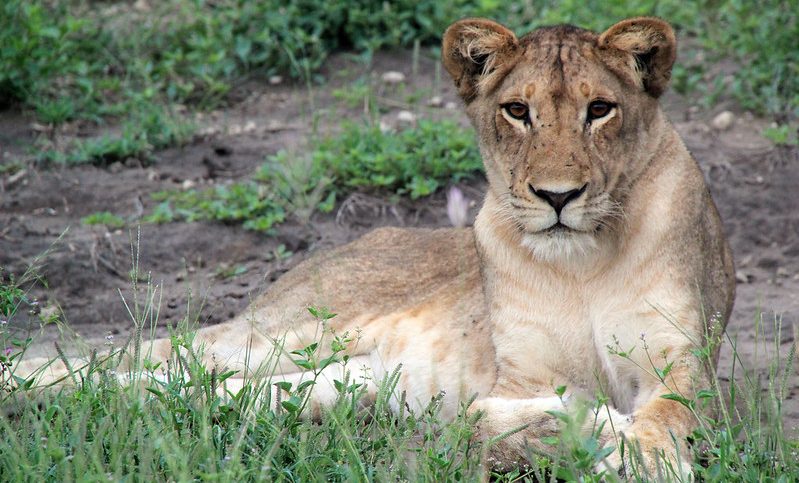
Day 2: Once more, I went on a morning game drive. You will leave the northern part of Queens after lunch and travel to the southern part to look for the tree-climbing lions. The Rwenzori Mountains are on your right and the lush valley is on your left, making for a stunning trip. Drive a game vehicle all afternoon long to get to your lodge in time for sundowners.
Day 3: Ishasha game drives in the morning and the afternoon to look for the lions that climb trees. Since fewer people visit this part of the park than the north, the game drives are a little bit more memorable.
Visitors will help prepare a dinner of millet Pap/porridge as they visit the adjacent Agatha’s community project in the afternoon to learn about the real stories of how the community in Ishasha is coming up with solutions to lift themselves out of poverty.
How Long Will You Stay In Queen Elizabeth National Park
Duration
The majority of trips to Queens last at least two nights. For wildlife drives and boat safaris in the park, you will need at least two full days. You won’t get at Queens early enough to start the safari right away, so you’ll have the day free to do as you like.
If you have more time, you can stay up to four nights in the park and go to Kyambura Gorge to see the chimps, go on a game drive in the Ishasha area of the park to look for lions that can climb trees, and go to Katwe to see the salt pans or crater lakes.
Getting To Queen Elizabeth National Park
When to Visit Queen Elizabeth National Park
The idea of “the best time to visit” is mostly irrelevant in Uganda. Due to its equatorial location, the nation experiences rain for the majority of the year. Additionally, it appears that weather patterns are altering, rendering strict seasonality obsolete. So prepare for anything and bring a rain jacket.
However, from June to early October and again from December to early March, the weather is often dryer. Typically, October, November, and March through the end of May get the most rainfall. The wettest months are typically April and May, though May has recently been comparatively dry.
The park is conveniently located, both as a standalone attraction and as a connecting stop on a longer journey.
The park is sometimes combined with gorilla or chimpanzee trekking because of its close vicinity to Bwindi and Kibale. If you have a longer schedule, Queens is almost probably where you’ll stop because it has the best lion sightings in all of Uganda.
Although Uganda’s roads are rapidly improving, it still takes the better part of a day to drive from Entebbe to Queens. About three hours are needed to go between Kibale Forest and the Fort Portal region. It takes roughly 4 hours to get from the Mweya Peninsula to Buhoma in northern Bwindi.
As an alternative, regular flights operate between Queens and Entebbe and some other Ugandan cities. Depending on the route used, the flight can last anywhere from 60 to 120 minutes.
Places Where To Stay While In Queen Elizabeth National Park
The Queen Elizabeth National Park is divided into 5 main sectors:
- Kyambura gorge.
- Ishasha sector.
- Mweya Peninsula.
- The Northern Escarpment.
- The Rift Valley Escarpments.
Each offers a variety of lodging choices. Queens’ varied geography makes a wide variety of properties available, so you won’t have any trouble finding privacy or a stunning view.
Adventure in the wild Safaris favors those properties that have demonstrated the ability to attract a steady stream of satisfied clients rather than utilizing all those that are offered.
In the Rift Valley Escarpment.
To the park’s south-east is the Rift Valley Escarpment. There, 16 kilometers from the Katunguru Gate of the park, on a ridge dramatically rising above the plains, are a number of additional tiny lodges that are all positioned to enjoy the views and the spectacular sunsets.
Here, one of our favorites is Katara Lodge. With bamboo architecture and wooden beams supporting the thatched roofs, under which you can gaze endlessly at the expansive savannah in front of you, the lodge feels like it was born from the wildness in which it is located.
The Northern Escarpments.
Elephant Plains Lodge, one of the park’s newest facilities, is located on the escarpment to the northeast of the park, which also offers easy access to the Mweya Peninsula and panoramic views of the grassland across to Lake George.
Private homes are scattered throughout the main compound at Elephant Plains, which also has a bar and lounge overlooking a pool. The views over the park are breathtaking, and you can frequently see wildlife from the balcony of a villa there.
In Kyambura Gorge.
The slope curves around to Kyambura Gorge, a water- and densely forested natural rift amid the otherwise level plains. The opulent Kyambura Canyon Lodge is the property that is closest to the gorge, making it the ideal place to set up shop for chimpanzee trekking, wildlife drives, and boat safaris in the heart of the park. stunning views of the gorge and the savannah plains, a wonderful assortment of food and beverages, and first-rate service. The Kyambura Gorge is solidifying its position as one of Uganda’s top places to stay.
In the Ishasha sector.
The Ishasha region of the park is the location for people who value the outdoors experience. Even though new lodges are being built, it is still the area with the least amount of human activity.
The established favorite here is Ishasha Wilderness Camp, a superbly comfortable, subtly developed, camp on the banks of the Ishasha River, the natural border between Uganda and the Democratic Republic of Congo. One of the few authentic tented camp experiences in Uganda is at Ishasha Wilderness Camp.
In the Mweya Peninsula.
The Kazinga Channel is bordered by the Mweya Peninsula. The vistas are breathtaking, with the lakes that reach out beyond the distant plains appearing to blend into one another. Here, Mweya Safari Lodge is at a prominent location.
It is a sizable hotel and a heritage site that started off as a government building more than 30 years ago. Although a stay here is not as intimate as at other smaller resorts, the location is unbeatable. Perfect for getting to boat trips on the Kazinga Channel.
About Queen Elizabeth National Park
A snapshot.
350 kilometers from Kampala is the 1,978 square kilometer UNESCO Biosphere Reserve known as Queen Elizabeth National Park. In order to find sustainable methods of managing and protecting the local environment, a biosphere reserve recognizes and strikes a balance between the demands of long-established human communities and wildlife populations.
Queens is a part of the Greater Virunga Landscape, which includes the Parc National des Virunga in the neighboring DRC and is one of the largest protected regions in East Africa.
The grasslands of the Mweya Peninsula and Ishasha, the crater lakes, the woodlands of Maramagambo and secret Kyambura, and the long shimmering stretch of the Kazinga Channel make up Queens, which is framed by the foothills of the Rwenzori Mountains on clear days.
The park is located in the Western Rift Valley, which is the divergent plate border between East Africa and Europe that originated during the Miocene Period about 25 million years ago. The Western (or Albertine) Rift escarpment makes up part of the park’s eastern boundary.
The 32-kilometer-long Kazinga Channel, which joins Lake Edward and Lake George, essentially divides the Park from north to south. In the north and north-east of the park, crater lakes that were created by mid-Pleistocene eruptions now offer another distinctive environment. Large salt deposits have been mined for generations at Katwe, the most well-known of these lakes. At 1,350 meters above sea level, the Katwe explosion craters are the park’s highest point; Lake Edward is its lowest point at 910 meters.
Conservation Success Story.
Due to the fact that human habitation may be found on the Mweya Peninsula dating back more than 50,000 years, Queen Elizabeth National Park has a significantly different history than the majority of African protected areas. The WaSongora and later the WaGanda people exploited the region to raise cattle even as recently as the turn of the 20th century.
This changed in 1913–1914 when the region was first struck by rinderpest and subsequently trypanosomiasis, which killed off the local cattle and forced an exodus. Even though individuals started to return throughout the 1920s, trypanosomiasis levels increased, necessitating a second evacuation and maintaining low human population levels throughout the century. The animals poured into this space.
One of the highest large mammal population densities in Africa was present in the new park by the 1960s. This suffered during the civil war and army-led systematic poaching in the 1970s and 1980s. However, a sizable number of animals were able to enter the nearby, tranquil Congo at the time. Therefore, when order was restored in Uganda, populations of large mammals were able to quickly reestablish.
Now, it’s believed that numbers are almost back to where they were in the 1960s.

